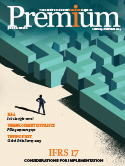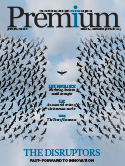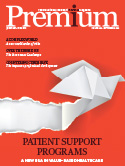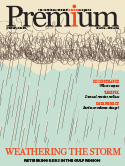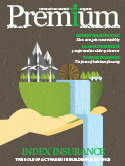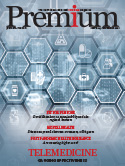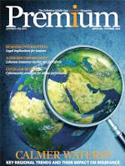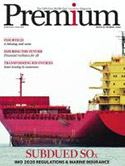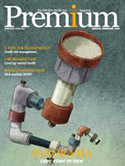Geneva Association releases report on pandemic risk

The Geneva Association has just released Public-Private Solutions to Pandemic Risk, expounding four exemplary pandemic risk funding schemes where governments can play a leading role:
- Direct insurance: the public sector provides voluntary or mandatory insurance to businesses exposed to pandemic risk
- Reinsurance: governments provide reinsurance coverage to insurers that kicks in above a certain threshold and up to a certain limit
- Social insurance: modest public-sector coverage with mandatory participation through pre-event payments (e.g. tax or levy)
- Post-event protection: an ad hoc safety net offered by governments to those affected
Recognising there is no one-size-fits-all solution, the report assesses the benefits of each scheme against seven public policy goals: maximum coverage, limited public exposure, matching of funds with needs, risk mitigation incentives, cost-efficiency of risk transfer, operational efficiency and macroeconomic benefits.
Jad Ariss, The Geneva Association’s Managing Director, said: “It is a tragedy that businesses, particularly SMEs, have suffered so much financial loss during the pandemic as a result of the lockdowns, which were beyond their control. The public sector had to step in with multi-trillion dollar emergency relief measures. Governments and insurers must work together on how to close the massive protection gap exposed by COVID-19, with governments as the leading players.”
Kai-Uwe Schanz, The Geneva Association’s Head of Research & Foresight and the leading author of the report, said: “We want to emphasise that of the four pandemic risk insurance schemes outlined, distributing cash post-event – as many governments did for COVID-19 – is likely least effective. For the other schemes, deciding whether participation is mandatory or voluntary, as well as the role of insurers in pricing and offering coverage, are critical considerations. We hope this report effectively guides governments and insurers in finalising their partnership terms.”








